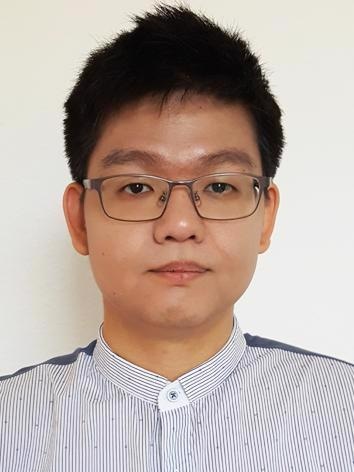Jan 13 2021
The Korea Institute of Science and Technology (KIST) reports that a team of researchers under Dr Kyoung-Whan Kim from the Center for Spintronics has come up with a new principle for spin memory devices—regarded as the next-generation memory devices.
 Dr Kyoung-Whan Kim at the Center for Spintronics, KIST. Image Credit: Korea Institute of Science and Technology.
Dr Kyoung-Whan Kim at the Center for Spintronics, KIST. Image Credit: Korea Institute of Science and Technology.
The advancement represents new applicability that varies from the current paradigm. Traditional memory devices are categorized into volatile memories, like RAM, which can read and write data rapidly, and non-volatile memories, like hard-disk, on which data are retained even when there is no power.
In the past few years, related academic and industrial fields have been integrating their leading edges to expedite the creation of next-generation memory that is fast and can retain data even with no power.
A spin memory device is one that stores data in the form of 0s and 1s in the N pole and S pole directions, respectively, of a very small nanomagnet. It is extensively applied in hard disks since the directions of the N pole and S pole are preserved even when there is no electricity. Hence, the next-generation spin memory’s successful commercialization relies on how easily and rapidly it can be regulated in the N pole and S pole directions of a nanomagnet.
To date, spin was injected from the exterior region to manipulate the N pole and S pole directions of a nanomagnet. In this case, a spin is a fundamental unit of magnetism that cannot be split further, and various spins with the same directions as the N pole and S pole are collected to form an individual magnet.
Hence, if several spins are injected into a nanomagnet from the external part, the N pole and S pole directions of the nanomagnet can be regulated. But its commercialization is difficult since it is not energy-efficient to produce and inject external spins.
In recent times, scientists have reported that spins form within a nanomagnet if an electric current is applied to the nanomagnet. But since there is no theory on how to examine the behavior of those spins, there have been no studies on the physical findings of such spins.
Dr. Kyoung-Whan Kim at the KIST has formed a theoretical system by creating a spin diffusion equation that explains the spin conductance in magnetic materials. It was found that when the spins developed by an electric current are discharged outside, only the sign is opposite to that of the spins injected from the outside, while the effects remain the same.
Hence, the directions of the N pole and S pole can be regulated by the nanomagnet itself without external spin injection, and the power usage can be decreased by up to about 60% than that of traditional spin devices. Moreover, memories can be developed as simple structures since the need for the usual structure for injecting external spins is avoided.
This study provided an academic basis for spin conductance in magnetic materials. Furthermore, through the new paradigm, it is expected to contribute significantly to solving the optimization problems of power consumption, production yield, etc., which have been the biggest obstacles to the implementation of next-generation spin devices.
Dr Kyoung-Whan Kim, Center for Spintronics, Korea Institute of Science and Technology
This study was financially supported by the Ministry of Science and ICT (MSIT), as part of the Institutional R&D Program of KIST, and the New Research Support Program of the National Research Foundation of Korea.
Journal Reference
Kim, K.-W., et al. (2020) Generalized Spin Drift-Diffusion Formalism in the Presence of Spin-Orbit Interaction of Ferromagnets. Physical Review Letters. doi.org/10.1103/PhysRevLett.125.207205.